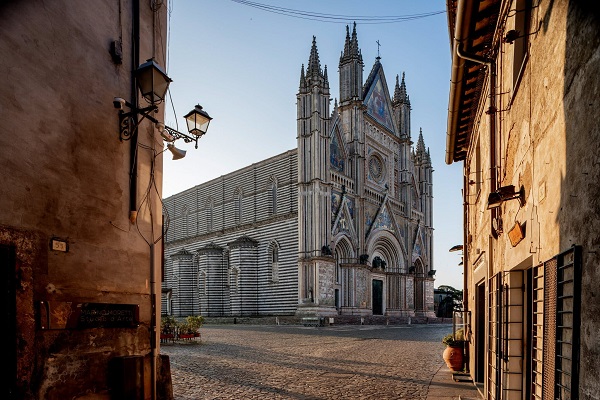
The three landlocked hill towns of Orvieto, Perugia and Assisi bring cultural richness, cuisine and wonderful landscapes to modern-day Italy.
Dubbed the “green heart of Italy”, the Umbria region has long been famous for its truffles, olive oil, grilled pork, sausages, wine and fine cheese. Yet it is also culturally rich, with brilliant reliefs and mosaics dating back to medieval times. There are also wonderful frescoes by Giotto at the Basilica of San Francesco in Assisi and the National Art Gallery of Umbria in Perugia.
Orvieto
Umbria is a land of many mountains and hills, and in each town, visitors can travel by tram. In Orvieto, a funicular (costing about 1.3 euros) will take you to the town perched on a cliff, overlooking the surrounding deep green valley and the hills beyond.
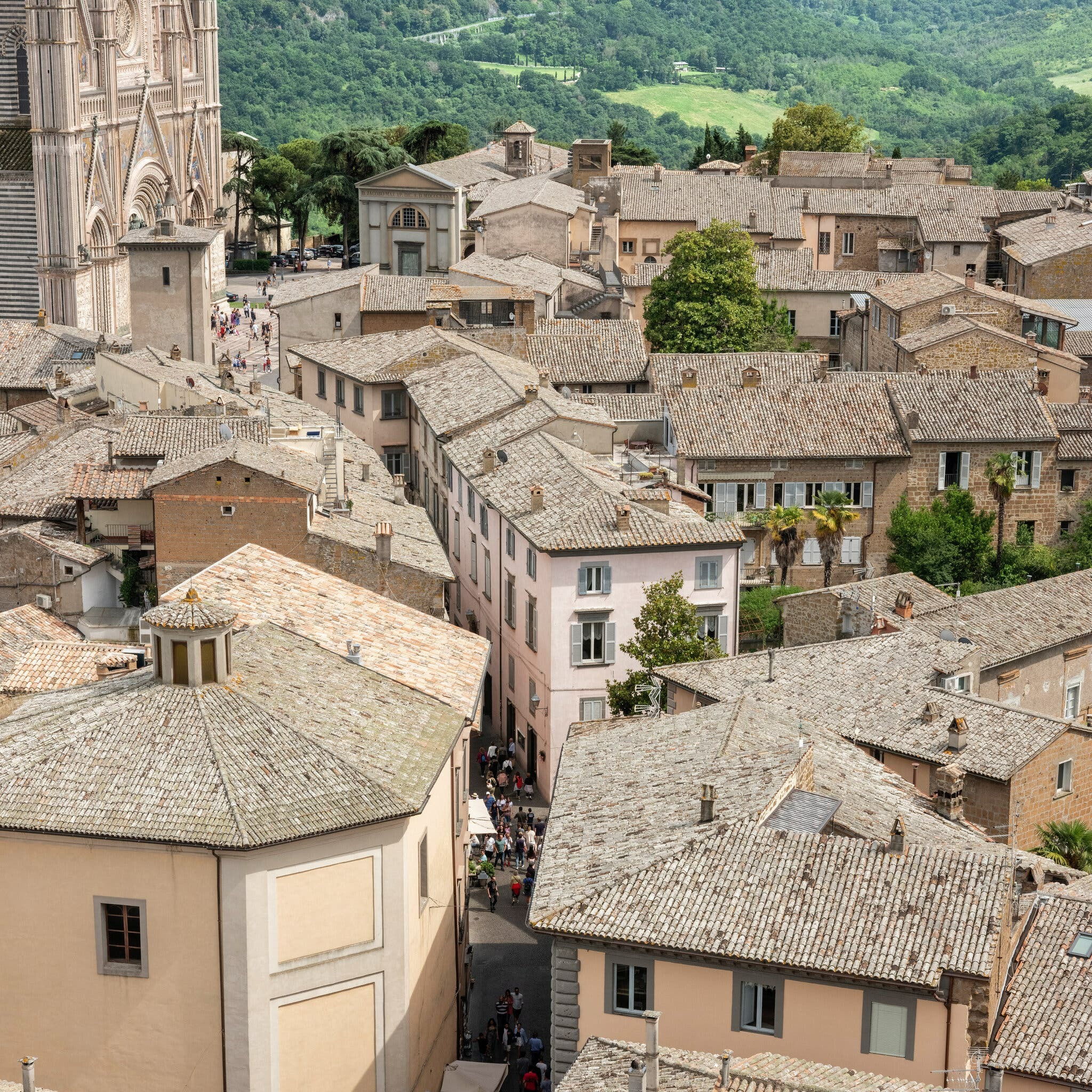
The highest point of this town are the spiers of the massive Orvieto cathedral, dedicated to the Assumption of the Virgin Mary, and built over several centuries, starting in 1290. The upper facade of the This site is also very colorful with mosaics on a yellow background, originally dating from the 14th century, but renovated and changed over the centuries.
At visitors’ eye level are also four giant marble bas-reliefs, with scenes from the Old and New Testaments, all sculptural masterpieces retelling stories from the Bible. A map placed in the church will help visitors find the artistic treasures inside.

Speaking of cuisine, all over Orvieto we can see signs introducing Porchetta – grilled pork eaten in most of central Italy. In this region, pork tends to be stuffed with wild fennel, before being rolled up and grilled for hours.

Also recommended are the local umbrichelli pasta, different pecorino cheeses and truffles. As for wine, it has some of the best drinks in the world, including local Orvieto Classico white wine, and Montefalcos red wine.
Perugia
From Orvieto, if you take the train to Perugia, it will take visitors two hours, one change of station. In Perugia, Piazza IV Novembre, Fontana Maggiore cathedral and a medieval fountain with two beautiful pink and white marble basins… are destinations that have attracted tourists for centuries.
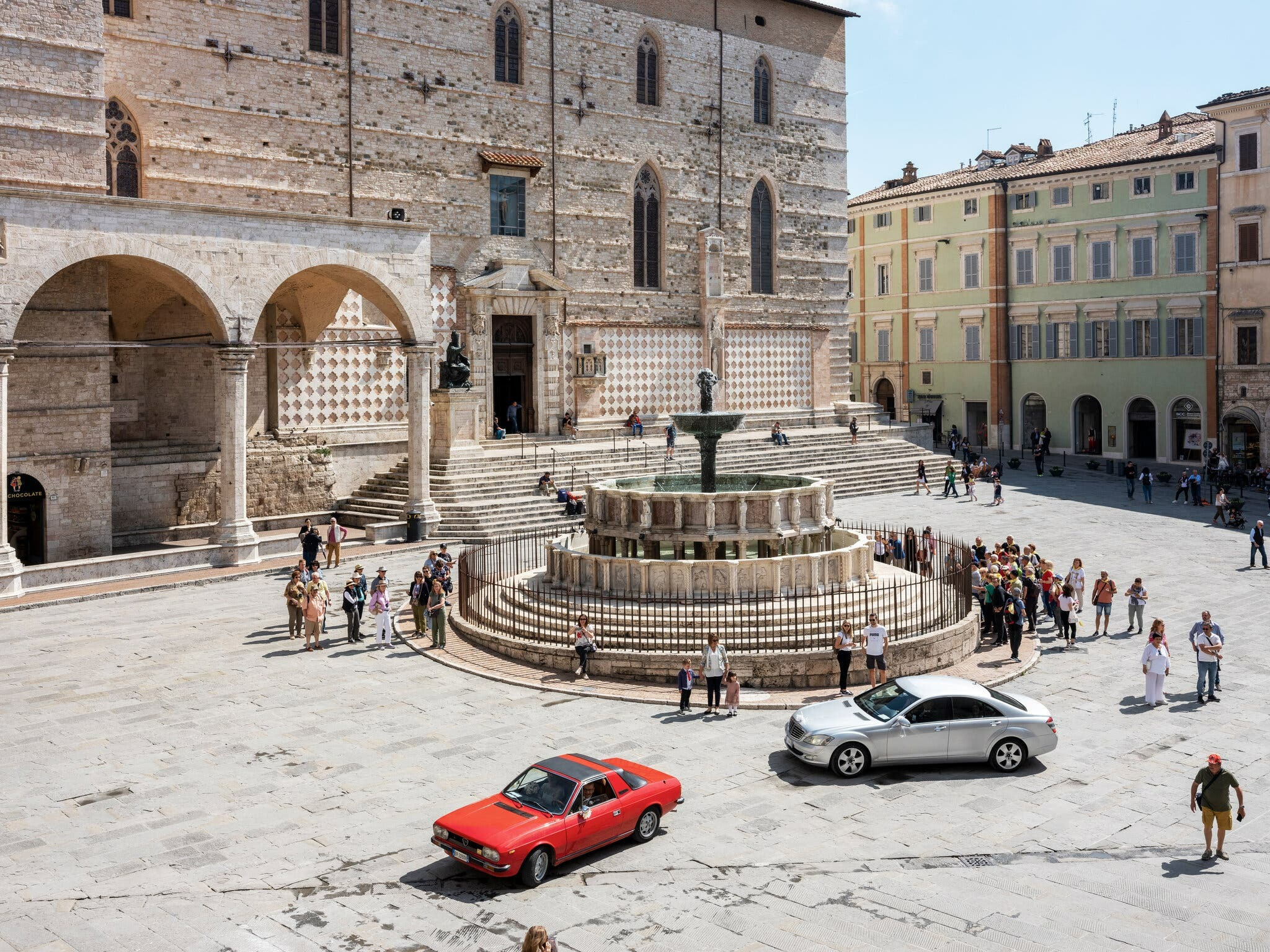
Not only tourists, Perugia is also filled with students, when it was known as a “university town” since 1308. San Lorenzo Church built in 1490 will also show us signs of time, before we had the chance to visit the National Gallery to admire the landscapes that depict this same town many centuries ago.
And if Orvieto is famous for its protein-rich pork, Perugina is filled with chocolate shops in the square, and in fact, one can also visit the Perugina chocolate factory not far from the center.
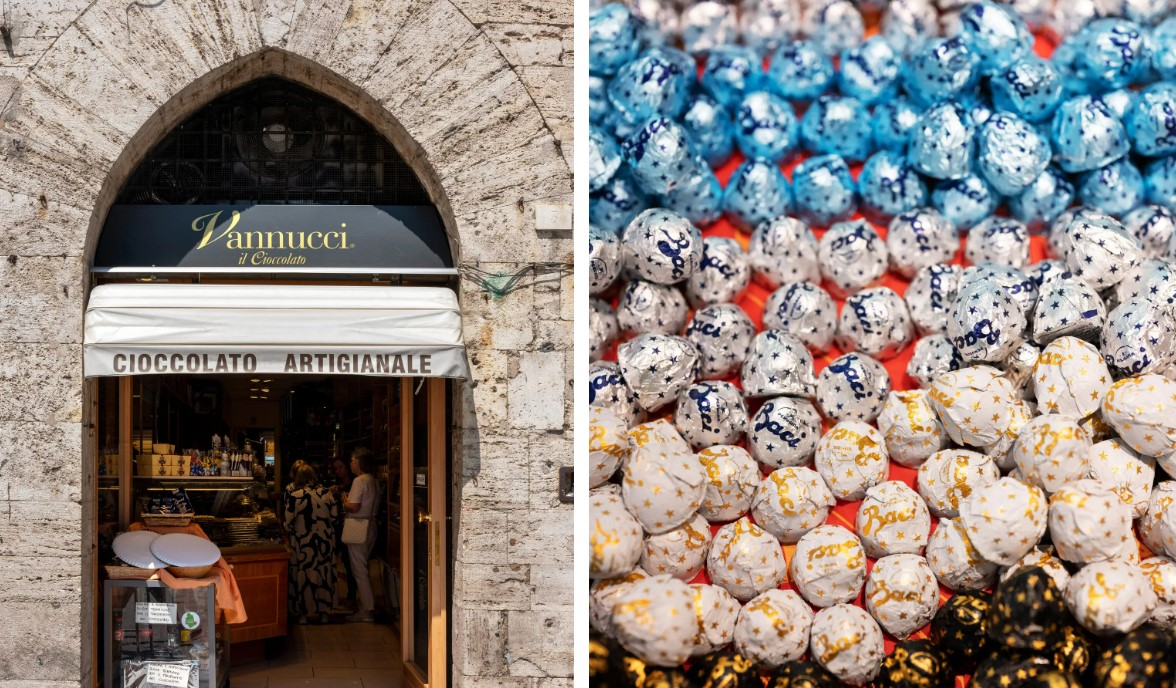
Today still the same university town it was in its Renaissance days, Perugia is full of picturesque squares with interesting places to enjoy a cup of coffee or an aperitif. Corso Vannucci, a wide pedestrian street lined with magnificent buildings (and also more chocolate shops) leading to Giardini Carducci, gardens on the site of an old fortress, is also a highly recommended destination, with stunning views of the surrounding hills.
Assisi
From Perugia it takes about 20 minutes by train to reach the third town of Assisi. And if you stay in this town the night before, it will be more convenient to visit the Basilica of San Francesco of Assisi, which opens at 6 a.m. the next day, because this is a very popular place for tourists. It is also one of Italy’s great art attractions, and is also a destination for pilgrimages and religious tourism.
.jpg)
Accordingly, the Pilgrimage Road or Via di Francesco begins in Tuscany, centers on Assisi and then ends in the capital Rome, lasting about 300 miles. With St. Francis’ love of animals, pilgrims are encouraged to bring their own small dogs. For they are also likely to find hospitality in Assisi, in an area especially close to the Basilica.
Born as the son of a wealthy merchant in Assisi, Saint Francis devoted his life to religion and to the needy. He is one of Italy’s two patron saints, and is also a much-loved figure. He was canonized two years after his death, which was also when construction of the Basilica began. Today his tomb is still located in this large structure.
The basilica, built on an impressive hillside, includes a lower church and an upper church, both decorated with beautiful frescoes. Works by some of the most important painters of the late medieval period can be seen here, as they gradually transformed into Renaissance art, one of which is that of Giotto.
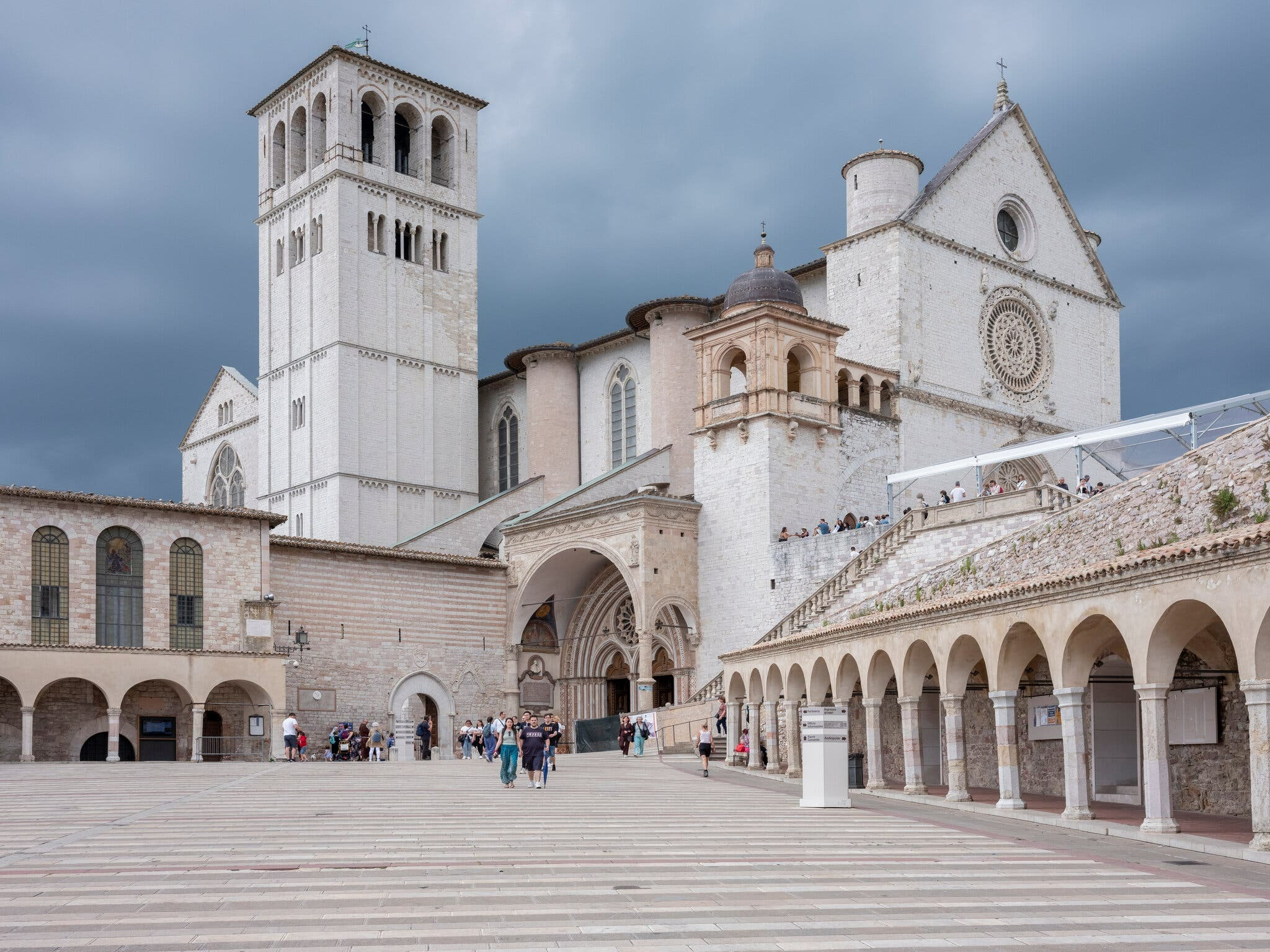
In the frescoes inside the church, Giotto used the characteristic blue pigment and gave the figures a three-dimensional sculptural presence, thereby expressing the expressions and emotions of each individual in a new way. fresh and full of truth. However, unfortunately, the Umbria region is always subject to geological fluctuations, leading to the Basilica being severely damaged in the 1997 earthquake.
In addition to the paintings, Assisi is an extremely charming town for tourists to experience dining activities. Housed in a beautiful old building, the Buca di San Francesco garden restaurant offers a variety of signature dishes, such as spaghetti, homemade pasta, grilled cheese crepes as well as veal.